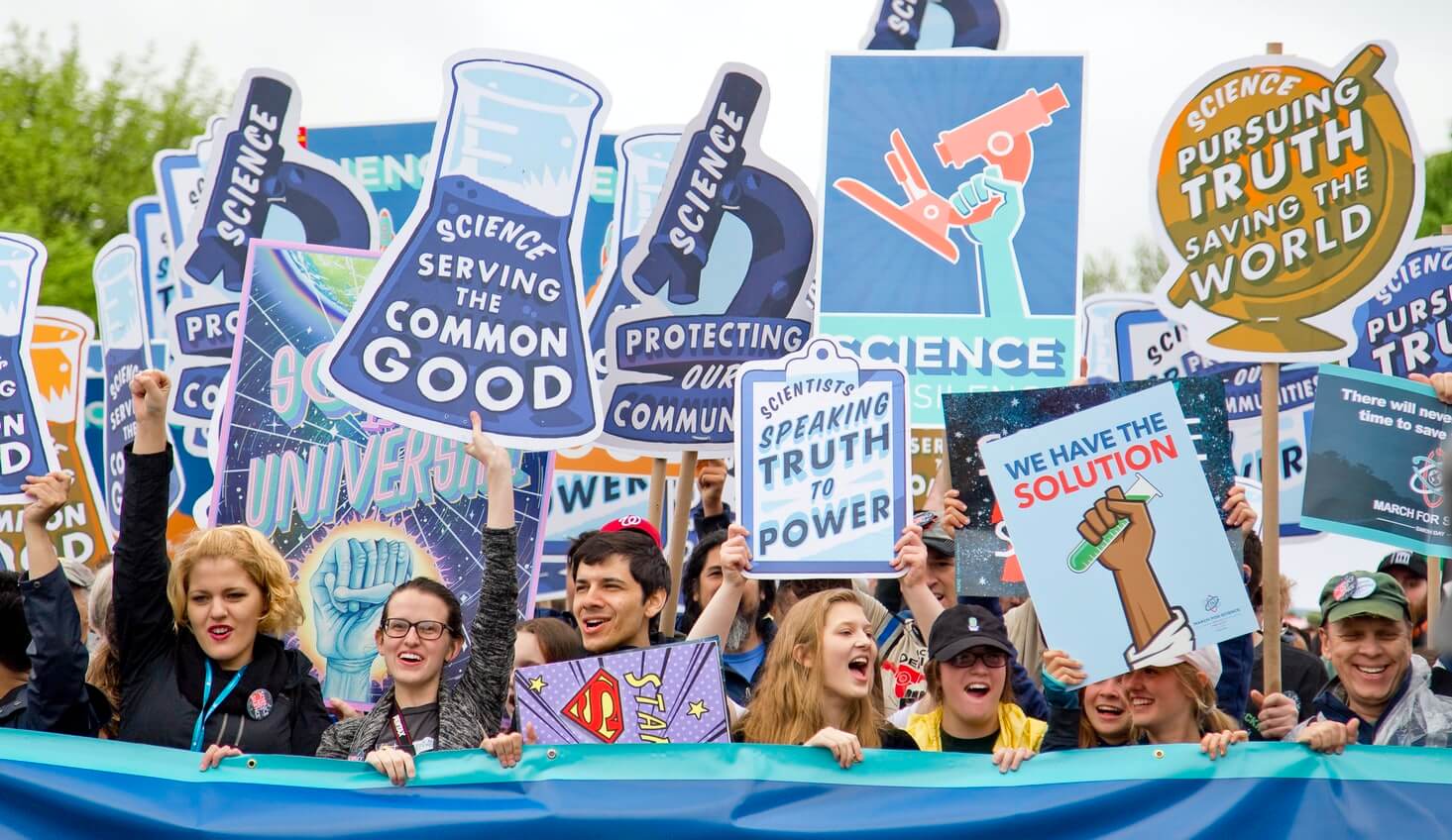
2020 was a year of taking on new roles. We became homeschool teachers for our children, video call experts for our family, and even scientists with a front row seat in the journey to a COVID-19 vaccine.
When I heard the recent announcement that two investigational vaccine candidates were effective in preventing COVID-19, I had two reactions. As a scientist, I understand how lengthy this process traditionally takes and was in awe of how quickly it has all unfolded. As a healthcare communicator, I felt trepidatious – 2021 will bring a cascade of vaccine clinical trial results that our family and friends will be analyzing and interpreting for perhaps the first time ever.
See, 2020 has taught us how to make whipped coffee and host virtual happy hours, but it has also given us a lesson in communications. Whether our audiences are interested in science or not, their newsfeed has been flooded with jargon like “protein,” “placebo” and “interim efficacy.” It has proven difficult, even for skilled journalists, to keep up with the barrage of recent scientific developments. COVID-19 has taught us that communication about science is just as important as the science itself.
To calm my anxiety about the flood of scientific information we’re all about to face in 2021, I think of Desmond Tutu’s quote: “There is only one way to eat an elephant: a bite at a time.” Understanding science can be an overwhelming task, and as healthcare communicators, it is our responsibility to deliver succinct information. However, in order to effectively communicate, we ourselves must first digest and understand the information. So, whether you have a PhD in neuroscience, or your last science class was sophomore Biology, here are some strategies to consider as we conquer those first few bites of scientific news that’s to come:
Identify the limitation
Science, whether it moves quickly or not, isn’t perfect. One or two studies can’t answer all the questions we may have on a topic. Communications should always be upfront on what the science did (and did not) answer. It should also set up the questions that researchers should tackle next.
The audience matters
Scientific findings often don’t affect any two people in the same way. When discussing scientific results, healthcare communicators should be cognizant of the population that was assessed and the audience that they’re trying to reach. Even if a scientific finding focuses on a specific group of people, communications should explain to readers of all backgrounds the impact of the study on their, or their neighbor’s, daily lives.
Leave a trail of breadcrumbs
My colleagues have previously written about the importance of communications that tell a story and answer the fundamental question of Why? As we enter 2021 with more than 10 investigational vaccine clinical trials and numerous other COVID-related questions still to be answered, healthcare communications should explain the rationale of the scientific approaches used to address these questions and deliver this information in an engaging format to readers.
There are several organizations that have done a great job communicating the science behind COVID-19 to audiences with various levels of scientific knowledge. The World Health Organization has easy-to-understand infographics and Q&As, as well as a “Science in 5” video series that tackles topics such as herd immunity and COVID-19 myths. Scientific American’s Inside the Coronavirus uses interactive 3D visuals to break down the virus and explain how it invades the body and how the immune system responds to it. Finally, the website Explaincovid.org was created by a team of researchers and students from Brown, MIT, Harvard, Mass General and other institutions. The website does just that – explains COVID-19 via a glossary of terms and digestible articles on the basics of the disease.
Healthcare communicators should be aware of the new wave of scientists that includes our family, friends and neighbors, and develop content that educates them on the science of COVID-19. This approach will help communicators and readers alike navigate these “unprecedented” times – my vote for buzzword of the year – and digest the barrage of scientific information that 2021 is sure to bring.
We thrive on solving the toughest business and brand challenges. We’d love to discuss how we can help you ignite your spark.
hello@currentglobal.com